“Uncover the enchanting world of crisp white wines from southern Arizona’s thriving wine scene. This region, with its mineral-rich desert soils, offers a unique terroir that contributes to the distinctive character of these wines. From sustainable farming practices to the art of winemaking, we explore what makes these crisp whites stand out. Dive into our guide to discover the emerging trends, taste profiles, and hidden gems among southern AZ wineries’ offerings.”
- Uncovering the Unique Characteristics of Desert-Grown Crisp Whites
- The Role of Mineral-Rich Soils in Wine Production
- Exploring Southern Arizona's Emerging Wine Scene
- Sustainable Practices in Desert Winemaking
- Tasting Notes: A Journey through Southern AZ Wineries' Crisp White Varietals
Uncovering the Unique Characteristics of Desert-Grown Crisp Whites
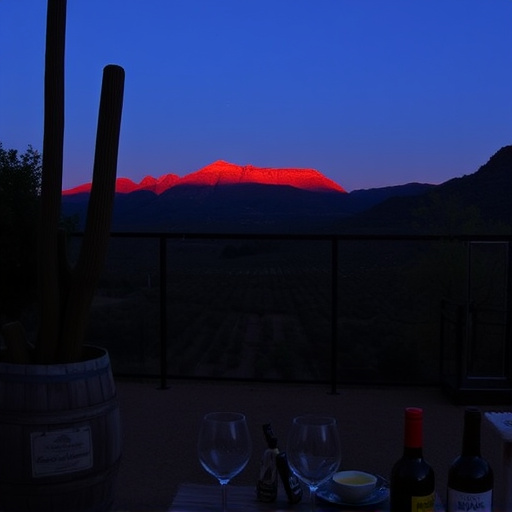
The crisp whites grown in the mineral-rich soils of Southern Arizona’s wineries offer a unique and captivating experience for wine enthusiasts. These wines are truly one-of-a-kind, thanks to the distinct characteristics imparted by their desert origins. The challenging growing conditions, characterized by intense sunlight and sparse water, contribute to the concentration of minerals in the grapes, resulting in a complex flavor profile that is both crisp and refreshing.
The mineral content of the soils adds notes of citrus, green apple, and even subtle hints of minerality to the wine’s aroma and taste. This balance between acidity and fruitiness makes desert-grown crisp whites highly sought after by sommeliers and wine lovers alike. The Southern Arizona wineries are pioneering this unique terroir, showcasing that even in arid regions, exceptional wines can be produced, offering a truly memorable sensory journey for all who take a sip.
The Role of Mineral-Rich Soils in Wine Production
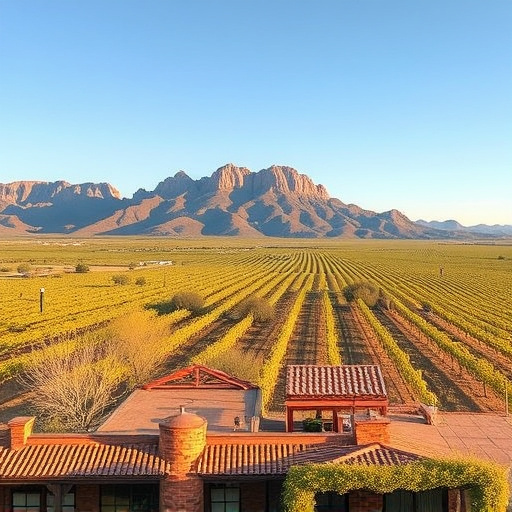
The soil plays a pivotal role in winemaking, and mineral-rich desert soils are no exception. Southern AZ wineries have embraced the unique characteristics of their mineral-imbued terroir, which significantly influences the flavor profile of their crisp white wines. These soils, formed by years of erosion and weathered rock, act as a natural filter, extracting minerals like calcium, magnesium, and potassium from the surrounding desert landscape.
The presence of these essential minerals enriches the grapes grown in these soils, contributing to their distinct taste and aroma. As a result, southern AZ’s crisp white wines often exhibit complex flavors, including notes of citrus, mineral, and even subtle floral hints. This unique combination of minerality and freshness has garnered recognition for the region’s wineries, making them stand out on global wine maps.
Exploring Southern Arizona's Emerging Wine Scene
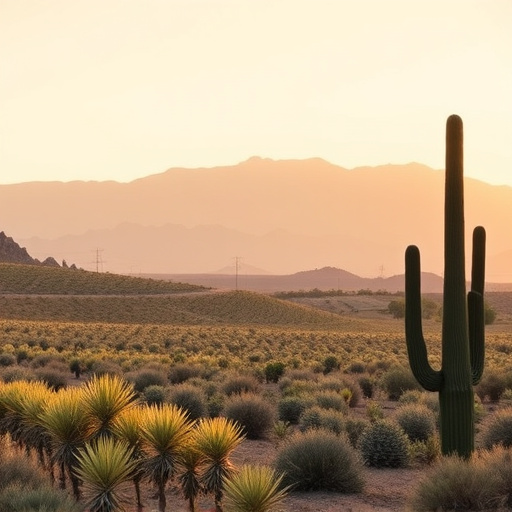
Southern Arizona, known for its stunning desert landscapes and rich mineral soils, is witnessing a quiet revolution in its wine industry. This region, particularly the areas around Tucson and Yuma, is home to a growing number of wineries that are tapping into the unique terroir to produce exceptional crisp whites. The mineral-rich soils add a distinct character to the wines, making them stand out on any palate.
The emerging wine scene in Southern Arizona offers visitors a chance to explore diverse varietals grown in this challenging environment. From Chardonnay and Sauvignon Blanc to Riesling and Grenache, local wineries are showcasing the region’s potential. Tourists can visit these hidden gems, often nestled amidst the desert, to enjoy tastings, learn about sustainable viticulture practices, and appreciate the art of crafting wines that tell a story of both resilience and exquisite taste.
Sustainable Practices in Desert Winemaking
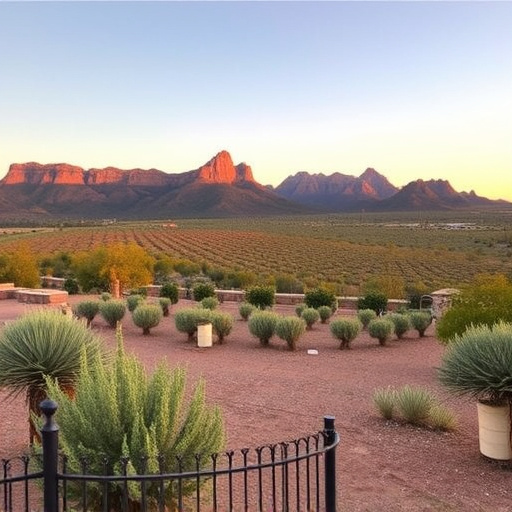
In the heart of the desert, where heat can scorch the land, an unexpected delight thrives—the cultivation of exquisite crisp whites in southern Arizona’s wineries. These vintners have mastered sustainable practices, embracing the unique challenges of their arid environment. By harnessing the mineral-rich desert soils, they create wines that are not just refreshing but also ecologically conscious.
Sustainable winemaking in these southern Arizona wineries involves innovative techniques like water conservation and solar energy utilization. They employ precision irrigation to ensure every drop is accounted for, minimizing waste. Additionally, solar panels power their operations, reducing carbon footprints. These practices not only preserve the delicate balance of the desert ecosystem but also contribute to a greener future for viticulture, making southern Arizona wineries leaders in eco-friendly wine production.
Tasting Notes: A Journey through Southern AZ Wineries' Crisp White Varietals
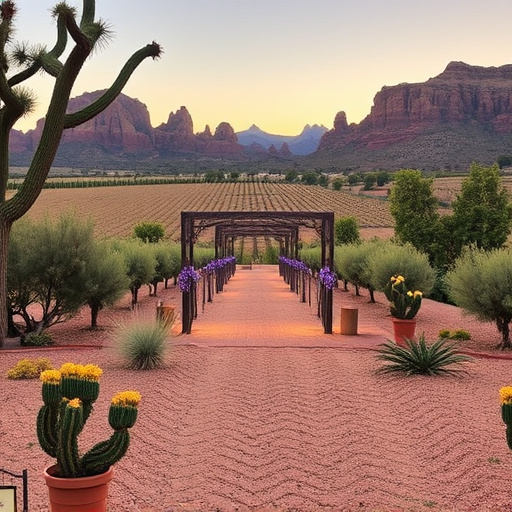
The crisp white varietals from Southern AZ wineries offer a unique sensory experience, reflecting the region’s distinct terroir. Tasting these wines is like embarking on a journey through the desert’s hidden treasures; each sip reveals a complex blend of mineral notes, citrus zest, and subtle floral hints. The mineral-rich soils, often characterized by gossamer textures, contribute to the wine’s vibrant acidity and a refreshing finish that lingers.
Southern AZ wineries’ crisp whites are a symphony of flavors, where the warm climate meets the cool desert breezes. These wines dance on the palate, presenting a delicate balance between bold characteristics and subtle nuances. Whether it’s the remnants of a lush harvest or the enigma of a particular vineyard, each bottle tells a story—a tale woven into the very essence of the region, waiting to be discovered by curious wine folk.
Southern Arizona’s burgeoning wine scene, with its focus on sustainable practices and mineral-rich soils, offers a unique advantage in crafting exceptional crisp white wines. The region’s diverse microclimates and dedicated winemakers are unlocking the potential of various grape varietals, showcasing the distinct characteristics that only desert-grown crisp whites can offer. Exploring these southern AZ wineries allows wine enthusiasts to discover a vibrant tapestry of flavors and aromas, all while appreciating the art of winemaking in one of the world’s most remarkable geological settings.
